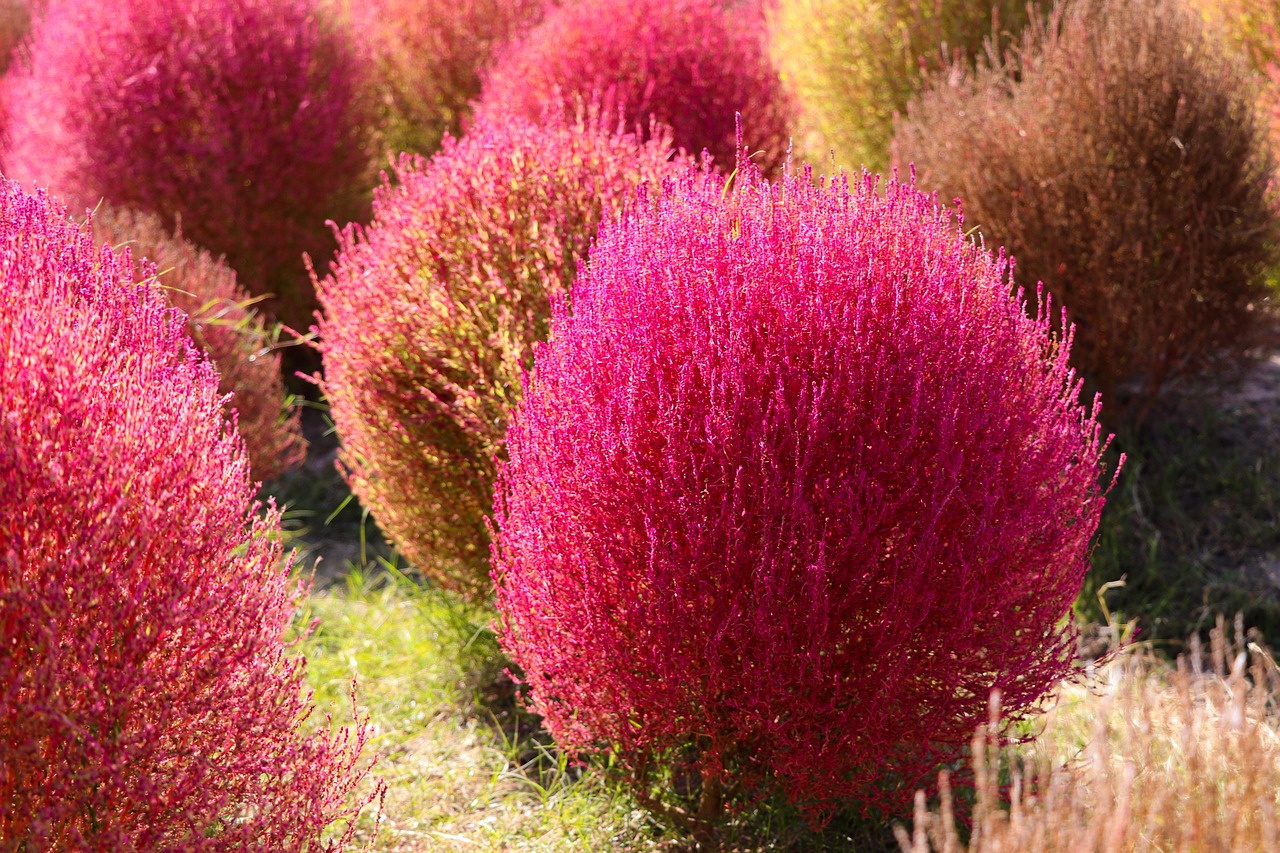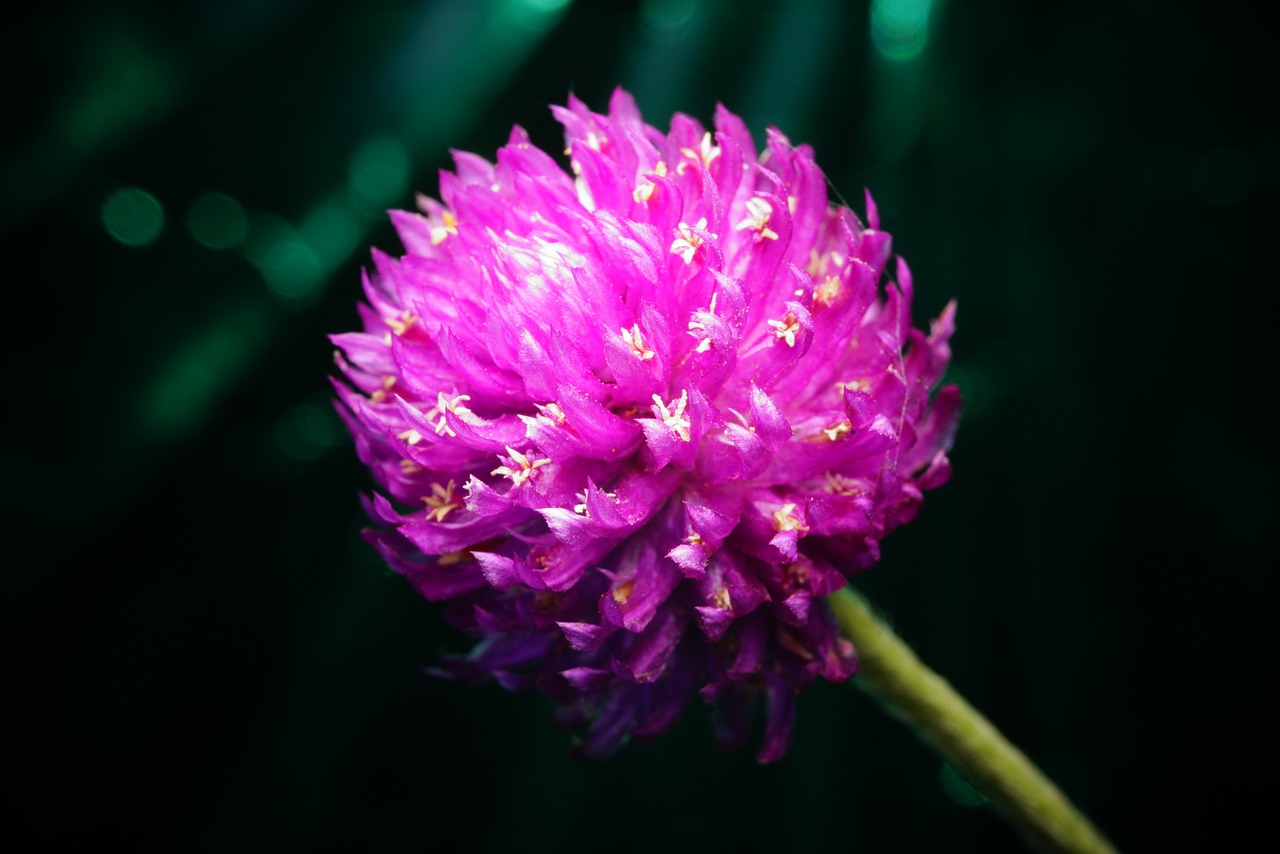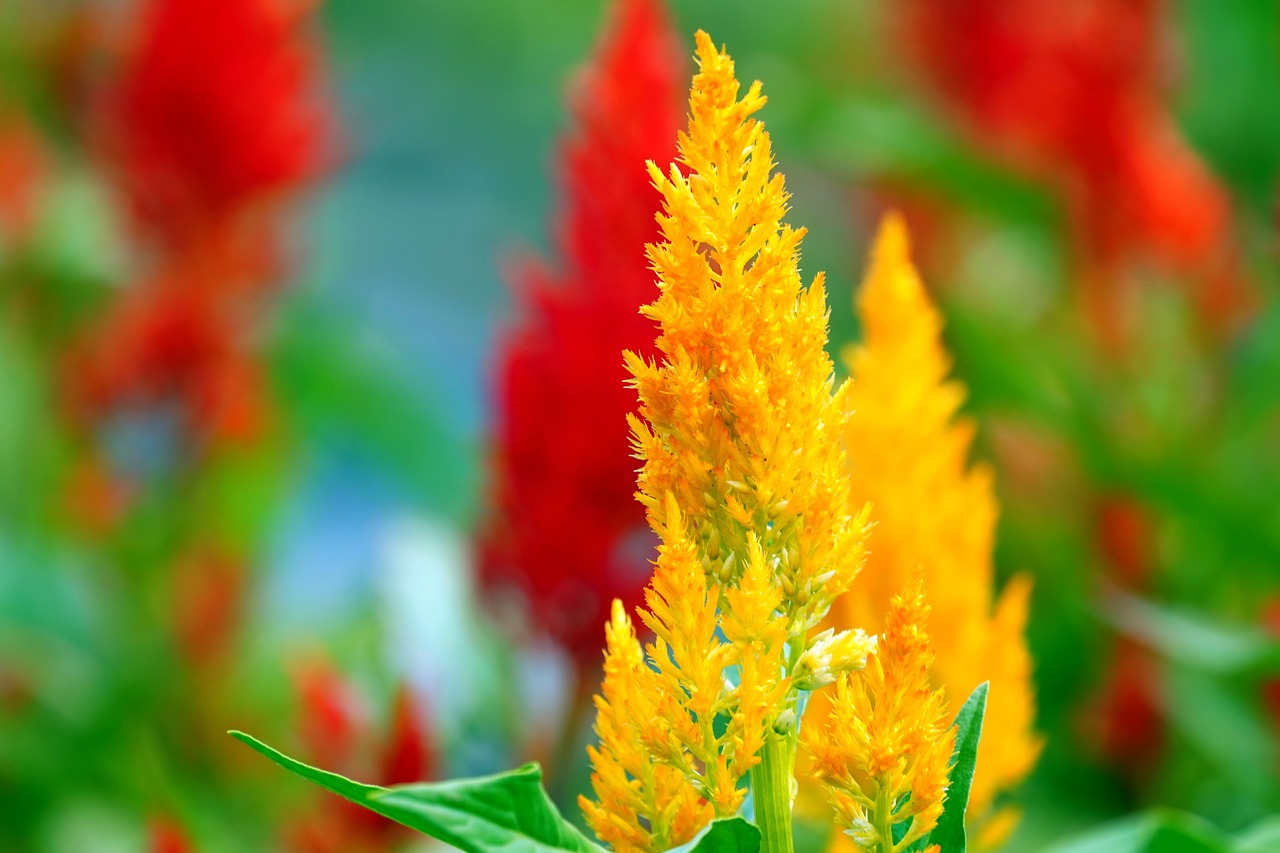Kochia | A Round Ornamental Plant Draped in the Colors of the Seasons

Kochia is a popular plant that allows me to enjoy the changing seasons.
In early summer, it displays a vibrant green, and in autumn, it turns a striking red. This seasonal transformation makes it widely used in sightseeing spots and as a decorative element in gardening.
In this article, I will explain in detail the basic information about Kochia, its cultural background, and tips on how to grow it.
Basic Information
- Scientific name: Bassia scoparia (formerly Kochia scoparia)
- Family: Amaranthaceae
- Origin: Europe, Asia
- Appearance: Kochia has a characteristic round and fluffy shape, reaching about one meter in height. Its leaves are bright green in early summer and turn a vivid red in autumn. Because of this beautiful color change, it is highly appreciated in gardens and parks.
- Flowering season: The flowers are very small and inconspicuous, but the autumn foliage reaches its peak from September to October.
Cultural Significance Around the World

Kochia is particularly well known in Japan as a highlight of autumn tourism.
At Hitachi Seaside Park in Ibaraki Prefecture, the brilliant red scenery of Kochia attracts many visitors in autumn, making it a famous photo spot.
In various parks and botanical gardens across Japan, Kochia is planted as a symbol of autumn.
Outside Japan, Kochia is used not only for ornamental purposes but also as part of garden landscaping and decoration. In European and American gardens, its seasonal colors are highly valued, and it is loved as an easy plant to grow at home.
It is also popular as a potted plant or as an accent in gardens, and is widely used in urban gardening.
Historical Background
The cultivation of Kochia dates back centuries. In Europe and Asia, it was grown as a windbreak and as an ornamental plant.
In Japan, it was introduced during the Edo period as “broom grass” (houkigusa). Its dried stems were traditionally used to make brooms, which is how its name originated.
In rural areas, people cultivated Kochia and harvested it to handcraft brooms for daily life.
Because of its unique appearance and seasonal color changes, Kochia has long attracted attention and appeared in literature and art. It has often been depicted in poems and stories as a symbol of seasonal transitions, embodying the beauty of nature.
Gardening Advice

Kochia is an easy-to-grow annual that can be enjoyed in gardens or pots.
It prefers sunny locations, and planting it in a spot with plenty of sunlight allows its colors to develop vibrantly. Well-drained soil is ideal, and mixing compost into the soil at planting time improves its condition.
Watering is important until the seedlings establish their roots, but once established, Kochia is resistant to drought, and excessive watering is unnecessary.
Because it grows quickly, it is best to leave enough space when planting so that it can spread out beautifully. Its autumn foliage is stunning, but the plant withers as winter approaches.
Since Kochia is an annual, sowing seeds each spring ensures new growth and another season of vibrant greenery. It is ideal as a garden accent or as a striking feature in pots.
Conclusion
Kochia is a plant full of seasonal charm, admired especially for its autumn colors that brighten gardens and parks.
It is easy to cultivate, requiring only sunlight and moderate watering to thrive. I encourage you to try growing Kochia in your garden or in pots and enjoy its natural beauty throughout the seasons.


